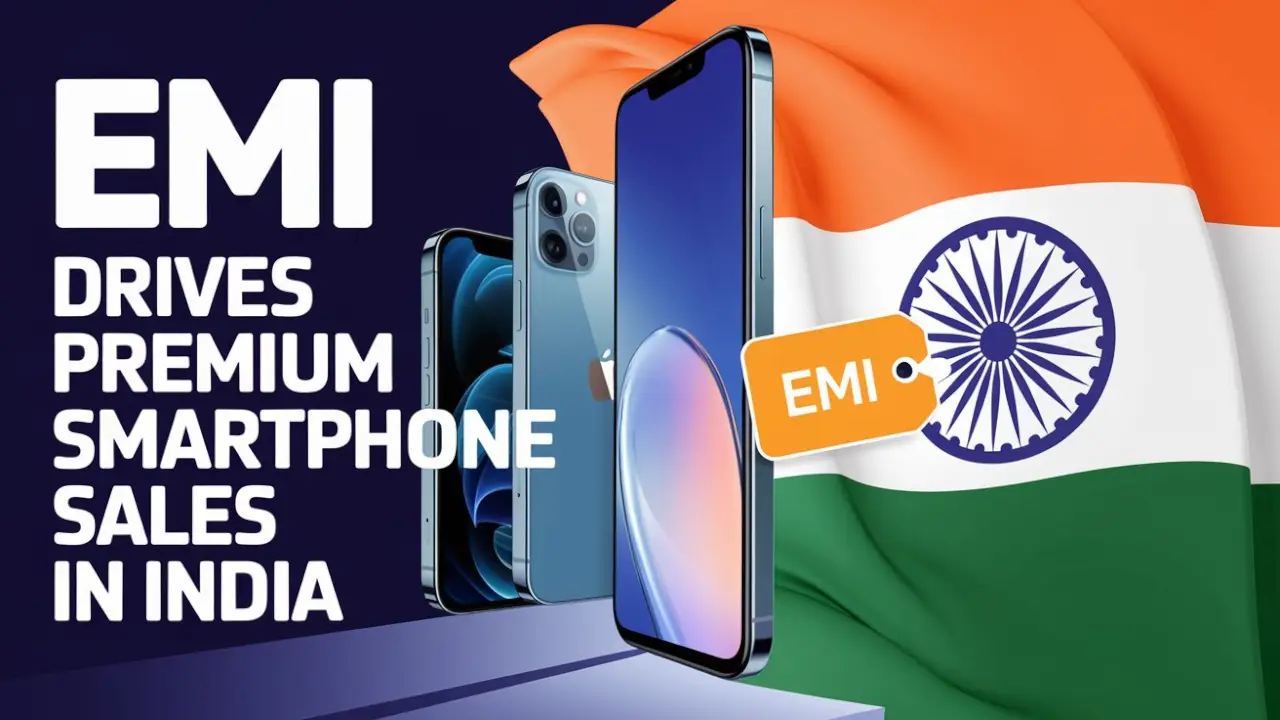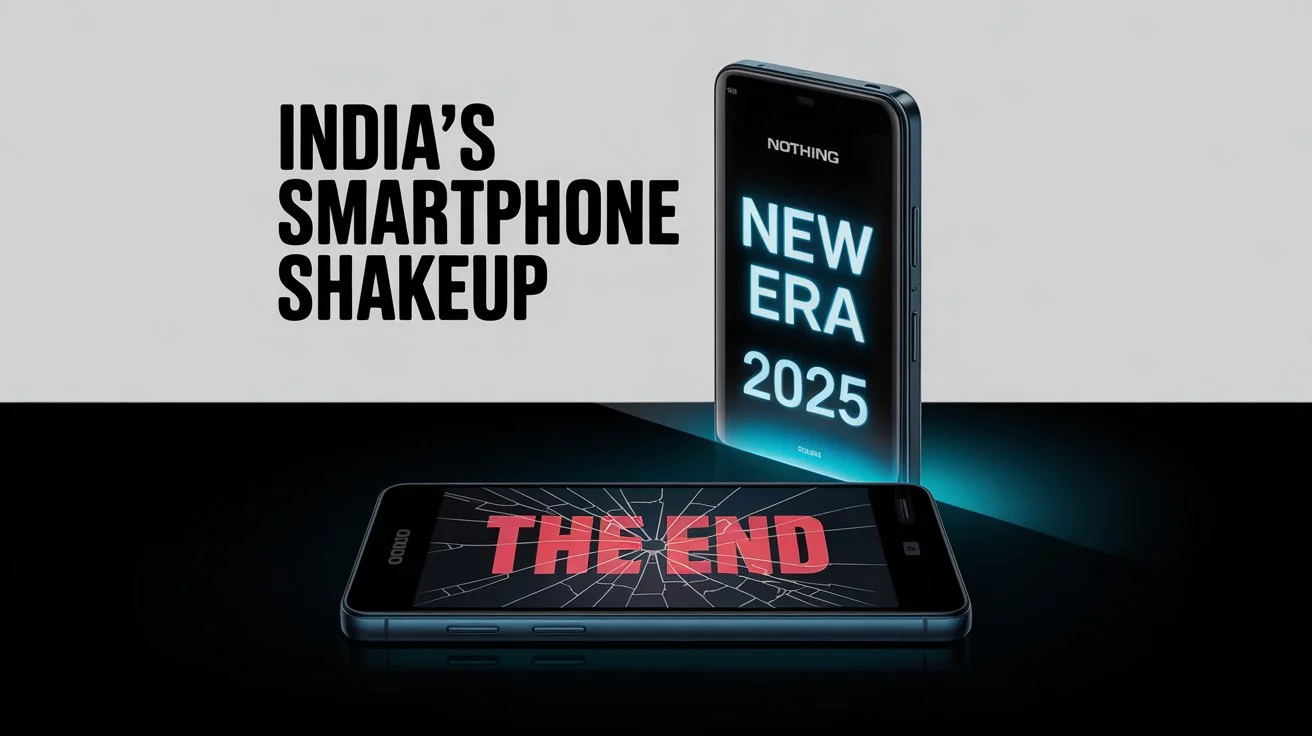Introduction: The Premium Smartphones Revolution
The smartphone industry has undergone a significant transformation over the past decade, with premium smartphones becoming increasingly popular among consumers. The first iPhone launched at $499 in 2007, which would equate to approximately $756 today. Initially deemed exorbitant, this price point has been surpassed by newer models, particularly high-end versions like the iPhone Pro Max, now retailing for over $1,000. This article explores the phenomenon of “premiumization” in the smartphone market, examining how consumer behavior and market dynamics have shifted towards these high-end devices.
Table of Contents
The Evolution of Smartphone Pricing
At its launch, the original iPhone was labeled “the most expensive phone in the world” by Steve Jobs. Apple later halved the price for subsequent models, maintaining prices below $200 for years. However, as technology advanced and consumer expectations evolved, smartphone prices began to skyrocket. Today, brands are racing to expand their flagship portfolios; Apple now releases four models annually while Samsung offers five flagship options, many priced at $1,000 or more.
The Rise of High-End Models
Even budget-oriented brands like Google and Xiaomi have embraced this trend by introducing ultra-premium devices. The most expensive models—such as the iPhone 15 Pro Max and Samsung Galaxy S24 Ultra—have become the most sought-after within their respective portfolios globally. This shift indicates a growing consumer appetite for premium features and capabilities.
Market Dynamics in Wealthy Regions
In affluent markets such as the United States, Japan, the United Kingdom, and Australia, Apple dominates with over 50% market share. Android flagships account for most of the remainder. In these regions, mid-range and entry-level devices are becoming increasingly irrelevant. According to Counterpoint Research, premium device sales have risen by 5% in just two years—a clear indication of the ongoing premiumization trend.
Understanding Premiumization
Despite public skepticism regarding high smartphone prices—often reflected in surveys suggesting consumers won’t pay exorbitant amounts—sales data tells a different story. High-end phones remain incredibly popular. This paradox raises questions about what drives consumer behavior in this landscape.
Consumer Behavior: A Closer Look
During my tenure at Oppo in China in 2015, I observed that phone brands typically segmented their offerings into three tiers: entry-level, mid-range, and flagship. Entry-level models were sold in high volumes at low margins to create economies of scale. Flagships served as “halo” devices to enhance brand image while mid-range models were the most profitable due to their combination of mature technology and affordability.
The Shift Towards Premium Smartphones
This strategy remains relevant in markets with limited purchasing power, such as India or for brands like Xiaomi that prioritize affordability. However, in wealthier markets, premium devices now dominate sales. For instance, in Germany, premium phones costing over €800 accounted for a small market share in 2019; by 2024, over 70% of consumers are expected to spend €800 or more on smartphones.
Marketing Strategies Fueling Demand
One might assume that improvements in mid-range phones would diminish demand for flagships; however, the opposite has occurred. Smartphone companies have become adept at marketing their expensive devices effectively. Trade-in offers lower the perceived cost of high-end phones while encouraging more frequent upgrades. Additionally, bundled discounts on accessories like smartwatches and earbuds make high prices seem more justifiable.
Financing Options Make Premium Phones Accessible
Innovative financing options such as “buy now, pay later” schemes and carrier subsidies allow consumers to spread costs over time. This accessibility contributes significantly to the growing popularity of premium smartphones.
Read this also: How EMI Scheme Drive Premium Smartphone Sales
The Role of Smartphones in Daily Life
Smartphones have become integral to our daily routines; on average, individuals now spend over five hours per day on their devices—a figure that continues to rise. As smartphones increasingly replace other devices like PCs and TVs in our digital lives, consumers are willing to allocate larger portions of their budgets to these essential tools.
Read this also: Avoid Buying Expensive Smartphones in 2025
Longer Replacement Cycles
Another contributing factor is the lengthening replacement cycle for smartphones. The global average has increased from under three years to nearly three and a half years within just two years. This trend suggests that consumers are investing more heavily when they do choose to upgrade.
Profit Margins and Manufacturing Costs
Despite rising prices for consumers, hardware margins for companies like Apple and Samsung have not seen significant increases. Manufacturing costs for premium phones have risen due to enhancements such as additional cameras and advanced materials like titanium frames. Yet consumers continue to pay these higher prices for improved features—indicating that price hikes are not solely driven by corporate greed but reflect genuine advancements in technology.
Looking Ahead: The Future of Premiumization
The premiumization trend shows no signs of slowing down. Leaks indicate that innovations such as triple-screen foldable phones and AI-capable devices are on the horizon. While it is challenging to predict where this trend will lead us next, current data suggests that consumers will continue embracing high-end models for the foreseeable future.
Conclusion
In conclusion, the smartphone industry is undergoing a significant transformation characterized by a shift towards premium smartphones. As consumer preferences evolve alongside technological advancements, brands must adapt their strategies to meet this growing demand for high-end devices. The future looks bright for premium smartphones as they continue to integrate deeper into our lives and redefine our expectations of mobile technology.





